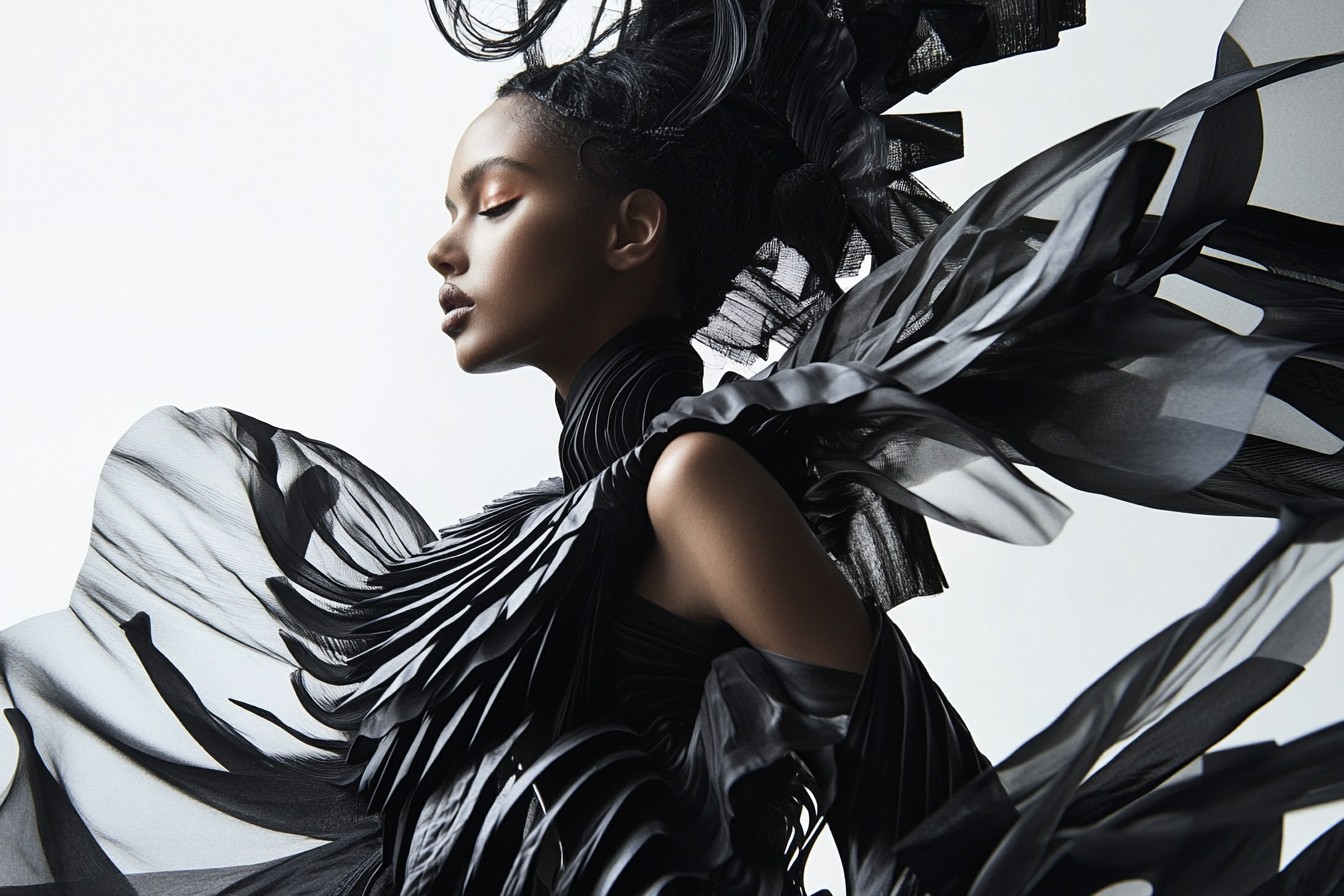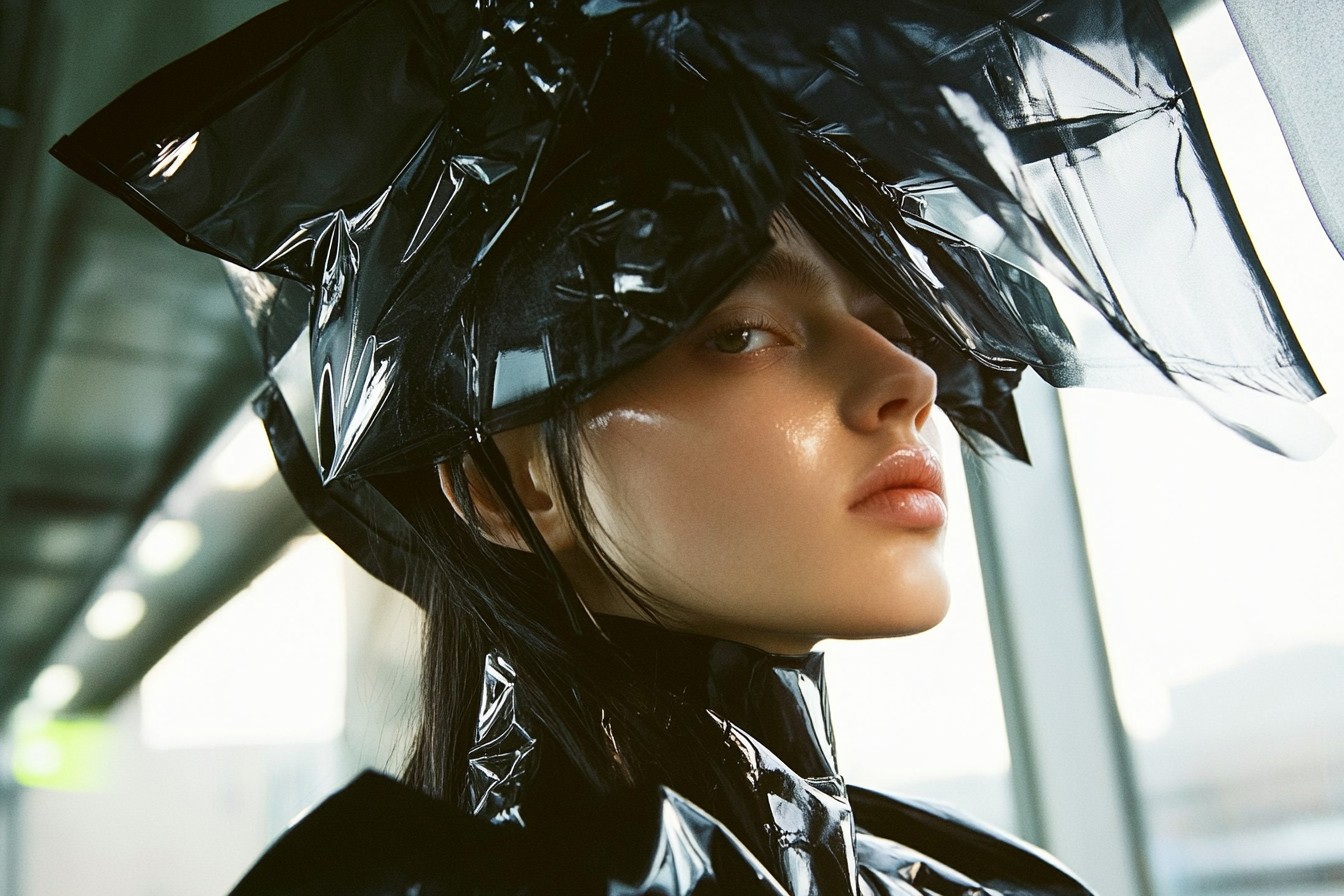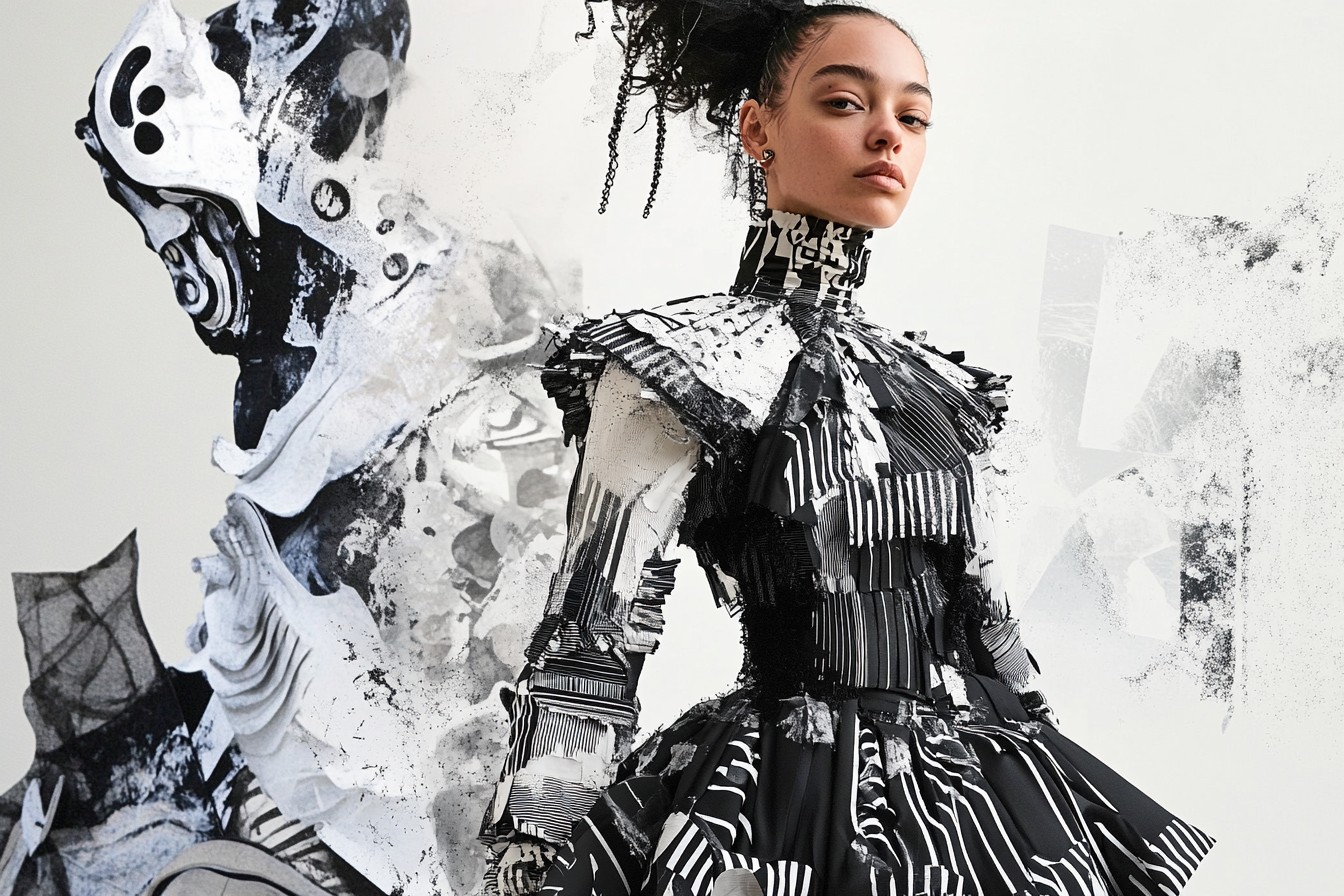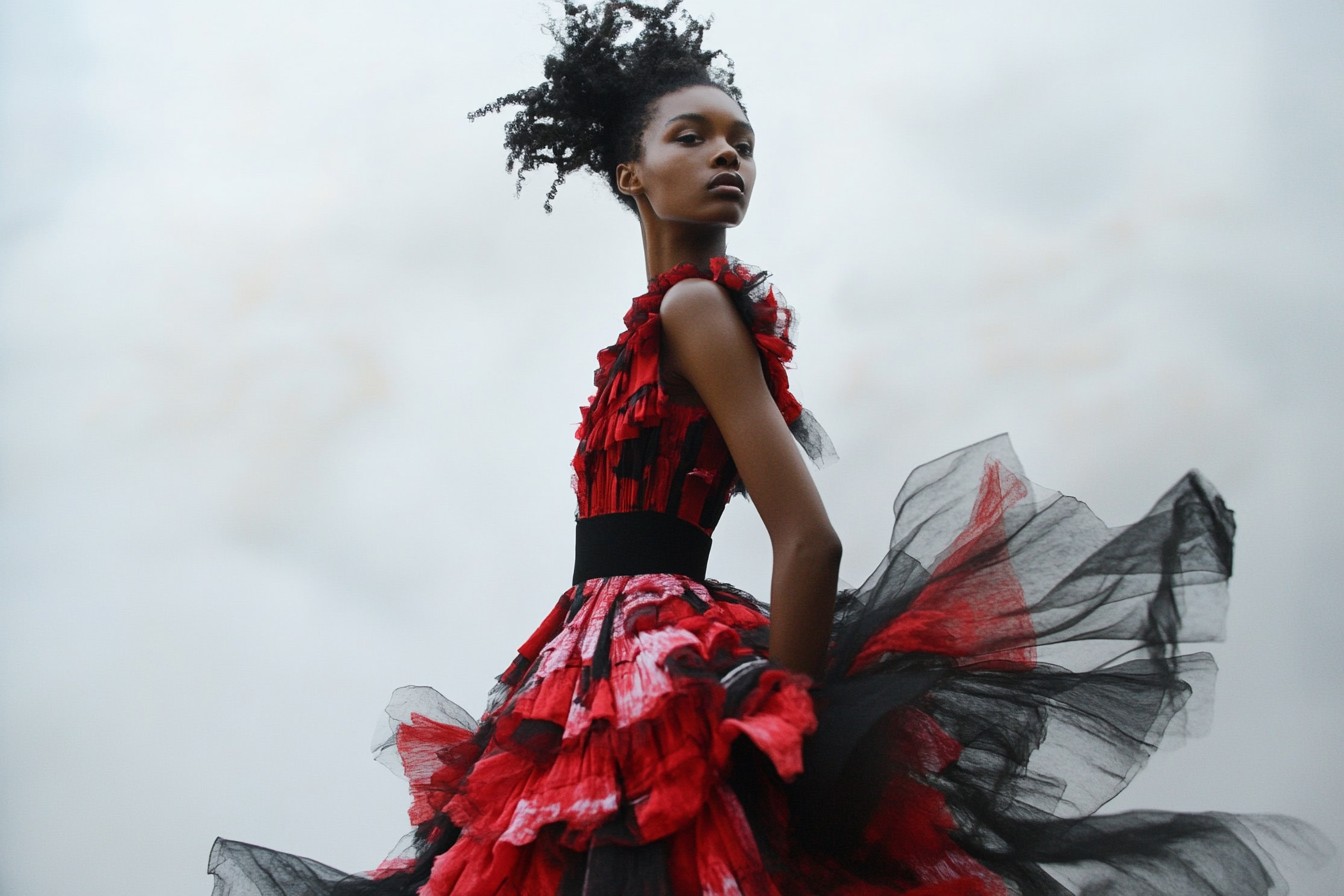I still have the last thing I ever bought from Topshop—a slightly ridiculous patent leather mini skirt that I absolutely did not need but couldn’t resist. It was January 2021, the final online sale before they shuttered forever, and I panic-purchased it while sitting in my pyjamas, feeling like I was witnessing the end of an era. Which, let’s be honest, I was. The skirt still hangs in my wardrobe with the tags on, a little museum piece from a time when British high streets looked very different. Sometimes I look at it and think about wearing it, then remember I’m 35 and the last time I went clubbing I had to sit down after twenty minutes because my feet hurt. But I can’t quite bring myself to part with it.

For women my age, Topshop wasn’t just a shop, it was a rite of passage. My first Saturday job paycheck went straight into their Oxford Street flagship. My first fashion week outfit was cobbled together from their Boutique range (with one borrowed designer bag to elevate the look—a trick every fashion assistant on a budget knows well). My first interview outfit for Style East was a Topshop blazer that I convinced myself looked “just like Celine” but absolutely did not. The tissue-thin bags with that iconic logo were status symbols in school corridors across the country.
When it disappeared, there was this collective intake of breath from British women in their twenties and thirties. Where the hell were we supposed to shop now? More importantly, where were the current twenty-somethings—those who’d maybe had just a year or two of the full Topshop experience before it vanished—going to go?
Well, it’s been four years since the fall of the high street giant, and I’ve spent the past few months chatting with fashion-conscious twenty-somethings (God, I sound ancient saying that) about where they’re shopping now. Partly for research, partly because I’m nosy, and partly because—if I’m completely honest—I’m still looking for my own Topshop replacement. The answers have been fascinating, occasionally surprising, and weirdly hopeful for someone who’s been declaring the death of British retail since about 2018.

First off, let’s be clear—there isn’t a single heir to the Topshop throne. Instead, there’s been a fragmentation, with different brands picking up different pieces of what made Topshop so central to British youth fashion. And that’s actually pretty interesting in itself.
“I think what I miss is having one place where you could get everything,” says Zara, a 24-year-old graphic designer I met at a press event last month. “Like, Topshop had decent jeans, good going-out tops, work stuff, shoes… now I have to shop around much more.” She’s not wrong. Topshop had somehow positioned itself as the one-stop shop for almost every fashion need a young British woman might have, from interview suits to festival gear.
So where are they going instead? Let’s start with the obvious: & Other Stories has absorbed a huge chunk of the slightly older, slightly more professional Topshop demographic. When I popped in there on Tuesday (purely for research purposes, you understand, not because I needed another white shirt…), the place was heaving with women in their mid-twenties to early thirties. The prices are higher than Topshop was—you’re looking at about £30-40 more per item—but the quality is noticeably better.

“I can justify spending a bit more now because everything lasts longer,” says Mia, a 26-year-old teacher whose enviable wardrobe of well-cut basics I’ve been coveting since we met at a mutual friend’s wedding. “At Topshop I’d buy something, wear it five times, and it would start looking shabby. My & Other Stories stuff still looks good two years in.”
But & Other Stories doesn’t capture that uniquely British, slightly edgy, Kate-Moss-might-wear-this vibe that Topshop at its best embodied. For that, a surprising number of twenty-somethings are turning to Weekday. “It’s got that cool Scandinavian thing going on, but the cuts and styles feel quite British somehow,” explains Raj, a 25-year-old social media manager whose Instagram I follow partly for style inspiration and partly because he has the most beautiful flat I’ve ever seen. “Their denim is really good—not quite Topshop good in terms of fit, but getting there. And it’s much more sustainable, which matters to me.”
Sustainability is a word that comes up constantly when I talk to younger shoppers—far more than it ever did in my Topshop-obsessed era. Fast fashion isn’t the badge of honor it once was. “I’d rather buy one really good t-shirt than five cheap ones,” says Ellie, a 22-year-old student who I met when she interned at the magazine last summer. She’s wearing what looks like a simple black tee when we meet for coffee, but when I compliment it, she proudly tells me it’s organic cotton and she’s had it for three years. I don’t have the heart to tell her I still have a stretchy black top from Topshop circa 2009 that refuses to die despite my worst laundry efforts.

For those seeking the trend-led pieces that Topshop excelled at, there’s been a mass exodus to ASOS. But interestingly, their own brand isn’t necessarily what’s drawing shoppers in. “ASOS is where I go when I want something specific, but I typically filter by brand rather than just browsing everything,” says Tomas, a 27-year-old architect whose minimalist style I’ve always admired. “Like, I’ll look specifically at Selected Homme or Pull & Bear through ASOS, rather than ASOS Design stuff.”
This cherry-picking approach seems commonplace now. Rather than pledging allegiance to one brand the way many of us did with Topshop, today’s twenty-somethings are building wardrobes from a constellation of different retailers, each serving a specific purpose. “Monki for fun colorful stuff, Arket for basics, Weekday for denim, and maybe Zara if I need something last-minute for a night out,” lists Sophie, a 23-year-old who works in publishing and somehow always looks effortlessly put-together despite claiming she “doesn’t really think about clothes that much.” (I don’t believe her for a second, by the way.)
The other significant shift has been toward secondhand and vintage. Not just in the studenty, rummaging-through-rails-at-Beyond Retro way (though that’s still going strong), but in a much more curated fashion. Depop has become the go-to for many younger shoppers looking for specific pieces without the hefty price tag of buying new.

“Half my wardrobe is from Depop now,” says Leila, my 26-year-old neighbor who regularly puts together outfits so good they make me question all my life choices. “I search for specific brands I can’t really afford brand new—like Ganni or Rixo—and usually find them for about 60% less than retail.” Her current obsession is hunting down original Topshop pieces from the Kate Moss or Christopher Kane collaboration days, which are now apparently becoming collector’s items. (Mental note: must check if my Christopher Kane for Topshop leopard print dress is still in Mum’s attic…)
For those with slightly bigger budgets, there’s been a noticeable shift toward smaller, independent British brands—something that would have been unthinkable in the Topshop heyday when high street dominated all. “I’d rather save up and buy something from a smaller brand I really love than keep buying cheap stuff,” says Maya, a 24-year-old UX designer whose style I can only describe as “effortless cool girl who probably wakes up looking like that.” She mentions labels like House of Sunny, Damson Madder, and Olivia Rose The Label—all British, all with strong identities, all with cult followings among fashion-conscious twenty-somethings.
Even more interesting is the rise of the non-fashion brand that’s somehow become a fashion brand. “I bought these trousers from Dickies,” says Alex, a 25-year-old DJ, gesturing to his extremely well-cut wide-leg pants. “It’s workwear, technically, but everyone’s wearing them now.” Carhartt, Dickies, even Marks & Spencer (yes, really)—brands that were never traditionally “fashion” are being embraced by younger shoppers looking for quality basics that last.

The high street isn’t dead—not by a long shot—but it’s certainly different. Smaller, more focused brands are thriving where giant one-size-fits-all retailers once dominated. Urban Outfitters remains popular, but interestingly, not for the reasons you might expect. “I actually think their clothes are a bit hit and miss,” admits Sasha, a 24-year-old whose textured bob and perfect red lipstick make me think she probably has her life together in ways I never will. “But their homeware is great, and they stock loads of smaller brands I like. It’s more of a curator than a brand itself now.”
This idea of curation seems key to understanding where British twenty-somethings are shopping now. They don’t want the entire Topshop experience replicated—they want to build their own personal version of it, taking bits and pieces from different retailers to create something unique.
There’s something quite heartening about all this, actually. When Topshop fell, along with so many other high street stalwarts, it felt like the end of something important in British fashion. But what’s emerged instead is more diverse, more sustainable, and arguably more interesting. Young shoppers are more discerning, more environmentally conscious, and less brand-loyal than we were. They’re creating their own fashion landscapes rather than following a path laid out by one dominant retailer.
That said, there’s still a wistfulness when Topshop comes up in conversation with twenty-somethings, even those who barely got to experience it at its peak. “I wish I could have gone to the Oxford Street store in its heyday,” sighs Ellie, who was only 18 when it closed. “Everyone talks about it like it was this amazing fashion theme park.” She’s not wrong. That store was something special—the DJ booth, the personal shoppers, the nail bar, the constant feeling that you might spot a celebrity or at least someone who looked like they might be a celebrity.
Nothing has quite replaced that experience, and maybe nothing will. The way we shop has fundamentally changed—more online, more considered, less about the experience and more about the end product. But the creativity and innovation that made Topshop special hasn’t disappeared from British fashion—it’s just dispersed, spread across a dozen different retailers and platforms, waiting for twenty-somethings to piece it together into their own personal fashion puzzle.
As for me, I’m still keeping that patent leather mini skirt. Not because I’ll ever wear it (I definitely won’t), but because it reminds me of a time when a single shop could feel like the center of the fashion universe. Today’s twenty-somethings might never have that… but maybe they’ve got something better instead.
